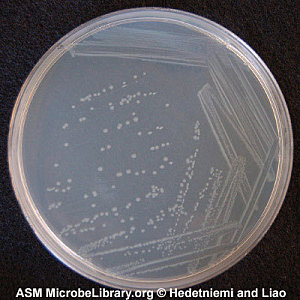

However, in models simulating early-stage infection, phage treatment eradicated P. In models of established infection, phage treatment significantly increased time taken for catheters to block (∼ 3-fold) compared to untreated controls. Models mimicking either an established infection or early colonization of the catheterized urinary tract were treated with a single dose of a 3-phage cocktail, and the impact on time taken for catheters to block, as well as levels of crystalline biofilm formation, was measured. Representative in vitro models of the catheterized urinary tract, simulating a complete closed drainage system as used in clinical practice, were employed to evaluate the performance of phage therapy in preventing blockage. mirabilis infection and prevent catheter blockage. This study evaluated the potential for bacteriophage therapy to control P. Taken together, these results show that bacteriophage constitute a promising strategy for the prevention of catheter blockage but that methods to deliver phage in sufficient numbers and within a key therapeutic window (early infection) will also be important to the successful application of phage to this problem.Ībstract = "Proteus mirabilis forms dense crystalline biofilms on catheter surfaces that occlude urine flow, leading to serious clinical complications in long-term catheterized patients, but there are presently no truly effective approaches to control catheter blockage by this organism. Analysis of catheters from models of established infection 10 h after phage application demonstrated that phage significantly reduced crystalline biofilm formation but did not significantly reduce the level of planktonic cells in the residual bladder urine. mirabilis and prevented blockage entirely.

Key words: Proteus mirabilis, diabetic foot, diclofenac.Proteus mirabilis forms dense crystalline biofilms on catheter surfaces that occlude urine flow, leading to serious clinical complications in long-term catheterized patients, but there are presently no truly effective approaches to control catheter blockage by this organism. mirabilis virulence which indicates its additional beneficial use in diabetic foot patients. Interestingly, diclofenac significantly inhibited or decreased the P. This study was conducted to screen the effect of diclofenac on the virulence of P. Diclofenac is used frequently by diabetic patients, and it showed antimicrobial activity. The promising approaches to overcome such kind of infections include the improvement of patient’s immunity and/or challenging the bacterial virulence. mirabilis and other Gram negative rods were isolated from diabetic foot ulcers moreover, these isolates showed an increase resistance and more aggressive virulence behavior. Proteus mirabilis are Gram negative rods, show a wide range of pathogenesis based on arsenal of diverse virulence factors. Wound infections are much more serious particularly in diabetic patients. Diclofenac is an analgesic and anti-inflammatory drug, used to relief the secondary complications of diabetes.


 0 kommentar(er)
0 kommentar(er)
